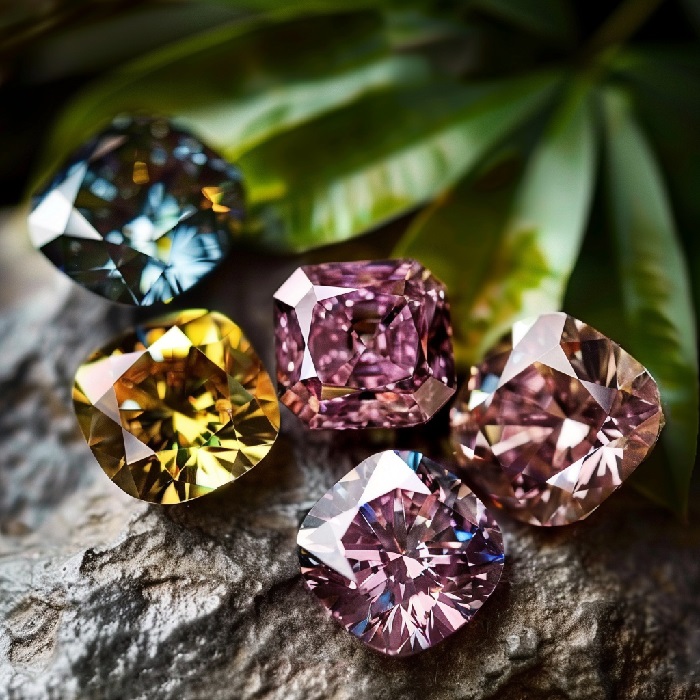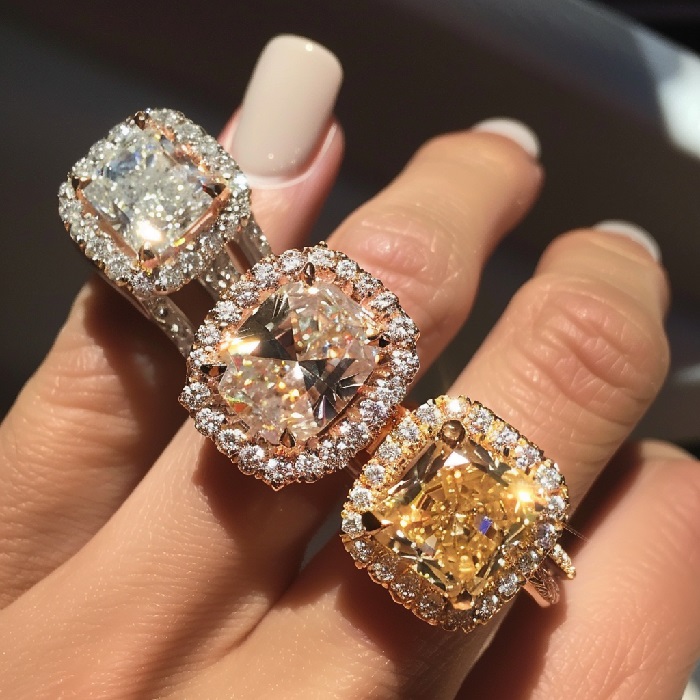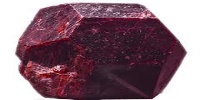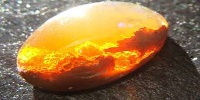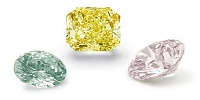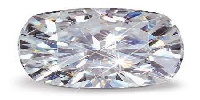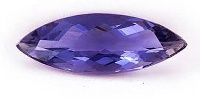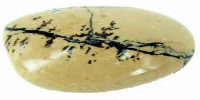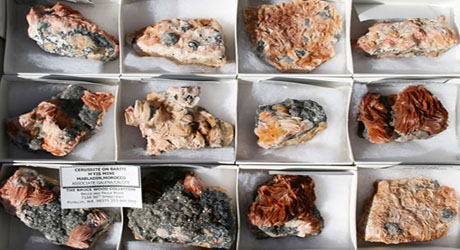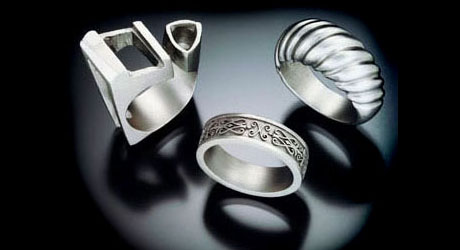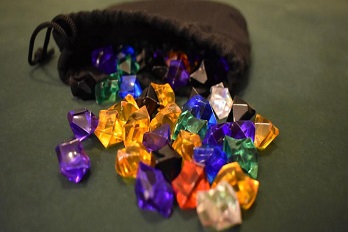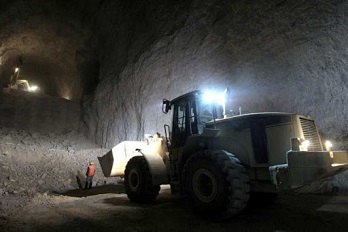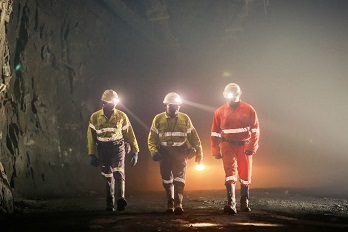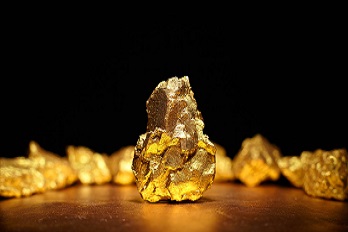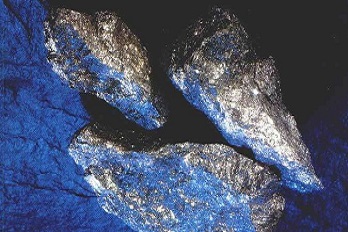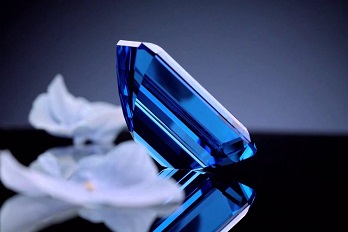Colour Diamond Mining
DESCRIPTION:
Diamond, traditionally believed to be colorless and purely transparent, can exhibit colors due to the presence of impurities. These colored stones can either enhance or diminish the diamond's value, with the intensity of color determining its worth. A white diamond with slight coloration may be less valuable compared to pink or blue diamonds, with red diamonds considered the most valuable of all.
Diamonds are found naturally in a variety of colors such as steel gray, white, yellow, blue, orange, red, green, and pink. The presence of impurities causes these colors, while colorless diamonds are valued for their purity and transparency. Diamonds are categorized into main types with fewer impurities and subtypes with more.
Typically, mined diamonds range in color from pale yellow to brown. Diamonds with yellow, brown, or other colors are termed "fancy color" diamonds, whereas the purest form of diamond is colorless or white. The value of diamonds, like other precious gems such as ruby, sapphire, and emerald, is assessed based on the intensity of their color. Among these, colorless diamonds are generally considered the most precious.
The Gemological Institute of America evaluates diamonds based on their color and clarity. Bright white diamonds are particularly sought after by consumers, and their rarity drives market demand. It's important to note that even if other characteristics of a diamond are exceptional, poor color quality can impact its overall value. Blue diamonds, often referred to as "hope" diamonds, are highly valued and command higher prices compared to other colored diamonds.
Colorless and white diamonds used in pendants and rings are typically created by superheating carbon molecules. Brown, red, and pink diamonds derive their color from a combination of heat and pressure, while gray and blue diamonds owe their color to boron. Green diamonds get their color from natural radiation, reflecting green light and absorbing red and yellow light. Violet and purple diamonds derive their color from the presence of hydrogen and crystal alteration.
A distinguishing feature of colored diamonds is that they are naturally occurring, contributing to their higher prices compared to artificially produced stones. Careful handling is necessary for colored diamond jewelry, as harsh cleaning methods can damage the stone. In diamond valuation, stones with less body color are generally more valuable and command higher prices.
MINING COUNTRIES:
Angola :
Angola is renowned for its production of low-grade white colorless diamonds and Cape diamonds. However, it also yields pure yellow diamonds, commonly known as canary diamonds, and brown diamonds.
Australia :
Australia hosts the world's most famous diamond mine, the Argyle Diamond Mine, owned by Rio Tinto and discovered in 1979. This mine is responsible for approximately 90% of the world's supply of pink diamonds, known for their exceptional quality and strong hues. The Argyle Tender, where around 50 diamonds are auctioned annually, has produced some of the most renowned colored diamonds, including pink, purple, blue, and red, fetching millions. Despite its fame for rare colors, the mine also extracts a notable quantity of champagne brown diamonds.
Borneo :
In Borneo, diamonds are predominantly brown and yellow, although rare finds of pink, blue, or green diamonds have also been reported.
Brazil :
Brazil presents an intriguing scenario with its colored diamond production, mainly yellow and brown diamonds known for their strong fluorescence, giving them a greenish allure. Interestingly, Brazil also produces ultra-rare red diamonds, along with blue, green, and intense pink diamonds, showcasing a diverse range.
Central Africa :
Central Africa has a relatively modest diamond production, yielding natural black diamonds and yellow diamonds. Occasional finds of pink, blue, and green diamonds are also possible.
Democratic Republic of Congo :
The Democratic Republic of Congo is a significant diamond producer, primarily mining low-grade industrial diamonds. Occasionally, the region yields strong yellows, oranges, and cognac browns, and combinations thereof.
Sierra Leone's :
Sierra Leone's diamond mining industry plays a pivotal role in its economy, with diamond exports accounting for about 46% of its revenue. Notably, gem-quality diamonds make up a substantial portion of its exports, unlike the Democratic Republic of Congo, where the majority are industrial-grade diamonds.
Yellow diamonds from Sierra Leone's Zimmi mine are exceptionally rare and distinctively saturated, creating a unique category known as Zimmi Yellow Diamonds. These diamonds command prices approximately 1.5 to 2 times higher than regular vivid yellow diamonds due to their exceptional saturation.
South Africa :
South Africa boasts some of the world's most renowned diamond mines, notably the Premier mine, now known as the Cullinan mine after discovering one of the largest diamonds in history. The Cullinan mine is particularly significant for its production of natural blue diamonds of the highest quality.
India :
India is esteemed in the diamond industry, although not primarily for its mines. Nevertheless, it has produced two of the most famous diamonds globally: the Hope Diamond and the Wittelsbach-Graff Diamond.
TYPES OF COLORED DIAMONDS:
White Diamonds:
White diamonds span the widest range on the Diamond Grading Scale, from "D" for completely colorless to "Z" for pale yellow or brown.
The key factor influencing this spectrum is nitrogen. A diamond graded as "D" contains little to no nitrogen or other impurities. As the nitrogen content increases, the diamond's color grade progresses along the spectrum.
Today, the majority of mined white diamonds contain significant nitrogen, placing them towards the lower end of the color scale. Consequently, diamonds graded in the D–F range are scarce and command higher prices compared to those at the lower end of the spectrum.
Yellow Diamonds :
Colored diamonds derive their color from impurities or structural irregularities in their chemical composition. For instance, yellow diamonds contain nitrogen incorporated into their carbon crystal structure. These nitrogen impurities alter how light interacts with the diamond, absorbing the blue part of the visible spectrum and imparting a yellow hue.
When nitrogen content is significant, a diamond transitions from being classified within the M–Z color range to becoming a fancy colored diamond. Fancy colored diamonds are graded on a scale that includes categories like Fancy Light, Fancy, Fancy Intense, and Fancy Vivid. As the intensity of color increases within the diamond, so does its value.
Blue Diamonds :
Blue diamonds owe their color to boron, which is a rare element found in the Earth's crust.
Most blue diamonds exhibit a secondary gray tone or uneven saturation, often displaying areas of colorless "windowing". This rarity makes natural blue diamonds with exceptional saturation and brilliance highly uncommon.
Pink, Red & Other Colored Diamonds :
Other colors like green, purple, and orange result from natural radiation and the presence of common elements within the Earth. Colored diamonds are indeed a remarkable anomaly of nature.
PHYSICAL PROPERTIES:
|
Hardness |
Mohs scale with a hardness of 10 |
|
Specific Gravity |
The specific gravity of colored diamonds typically ranges from 3.15 to 3.53, which is slightly higher than that of colorless diamonds (around 3.52). This density measurement helps distinguish diamonds from other gemstones when identifying them. |
|
Refractive Index |
The refractive index of colored diamonds varies depending on their color and can range from approximately 2.40 to 2.47. This index measures how much light is bent, or refracted, as it enters and exits the diamond, contributing to its brilliance and sparkle. |
|
Dispersion |
Colored diamonds, like colorless ones, exhibit dispersion, also known as fire, which is the separation of white light into its spectral colors. This property contributes to the diamond's rainbow-like flashes of color. |
|
Luster |
Colored diamonds have a vitreous (glass-like) luster when polished, which enhances their brilliance and sparkle. |
|
Cleavage |
Perfect octahedral cleavage in four directions. |
|
Crystal System |
Colored diamonds crystallize in the cubic system, which is characterized by their symmetrical crystal structure. |
|
Toughness |
Despite their exceptional hardness, diamonds can be brittle. Proper care is necessary to prevent chipping or fracturing, especially along cleavage planes. |
|
Heat Conductivity |
Colored diamonds are known for their exceptional thermal conductivity, which is the highest among all known materials. This property makes diamonds useful in industrial applications such as cutting and drilling. |
|
Fluorescence |
Some colored diamonds exhibit fluorescence when exposed to ultraviolet light, emitting a visible glow. Fluorescence can vary in intensity and color, affecting the diamond's appearance under different lighting conditions. |
NATURAL OCCURRENCE:
America
AVAILABLE COLORS:
Steel grey, White, Yellow, Blue, Orange, Red, Green, Pink etc.
